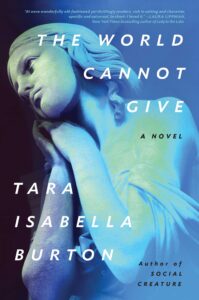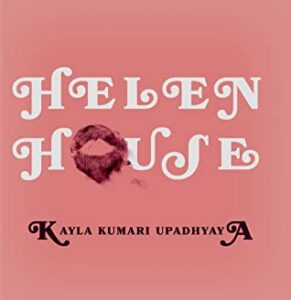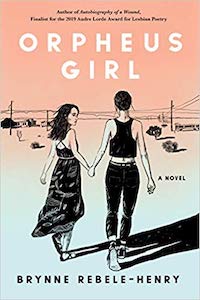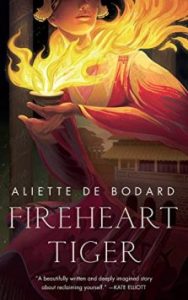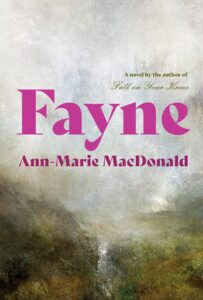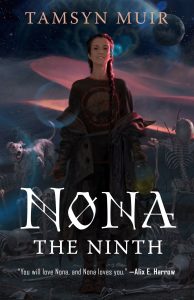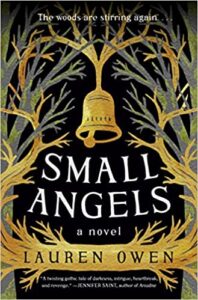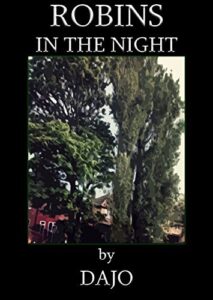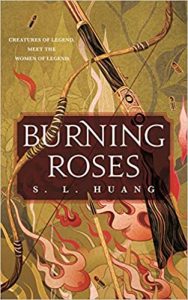Amazon Affiliate Link | Bookshop.org Affiliate Link
Described as a cross between Donna Tartt’s The Secret History and Patricia Highsmith’s The Price of Salt, Tara Isabella Burton’s novel The World Cannot Give (2022) is a dark, Gothic, and powerful meditation on the dangers of desire and the consequences of ambition.
The novel follows Laura Stearns as she arrives at St. Dunstan’s Academy in Maine, a prestigious school on the coast that her favourite novelist, Sebastian Webster, whose book All Before Them has inspired her move across the country. Webster died at nineteen fighting in the Spanish Civil War and Laura idolizes him, believing that her time at the school will replicate the events of the novel. And indeed, Laura finds some of the intensity she is looking for among the school’s very exclusive chapel choir, led by the compelling, charismatic, and somewhat neurotic Virginia Strauss.
Laura is immediately drawn to Virginia because of her similar devotion to Simon Webster, and Virginia is a born-again Christian, fanatical about her faith and her rigorous routine, including the miles she runs every morning. Virginia demands excellence from herself and the members of the choir. When Virginia brings Laura into the fold, sharing with her the rituals and routines of the choir/cult, Laura feels like she’s entered into a world heavy with meaning. But soon, things begin to fall apart as Virginia’s authority is challenged by various actors at the school, and Virginia’s demands get more and more outlandish before Laura must make a choice between following Virginia or saving herself.
Overall, this book was enormously compelling and is perfect for fans of queer Gothic literature. I haven’t seen a lot of press around this book, but it really is perfect for fans of The Secret History and lesbian pulp. The intensity and power between characters in this novel left me unable to put this book down. The relationship between Virginia and Laura changes from hot to cold minute to minute, and Virginia’s pathology is so compelling.
The setting alone is captivating. An elite boarding school on the edge of the sea, the novel strikes a balance between this bizarrely intense group of high school students who are surrounded by decades of history. The twists and turns of this novel continued to surprise me, and I was on the edge of my seat until the very end. The end of this novel caught me off guard in the best way.
For anyone interested in queer Gothic mystery and intrigue, The World Cannot Give is a must-read!
Please add The World Cannot Give to your TBR on Goodreads.
Rachel Friars is a writer and academic living in Canada, dividing her time between Ontario and New Brunswick. When she’s not writing short fiction, she’s reading every lesbian novel she can find. Rachel holds two degrees in English literature and is currently pursuing a PhD in nineteenth-century lesbian literature and history.
You can find Rachel on Twitter @RachelMFriars or on Goodreads @Rachel Friars.

